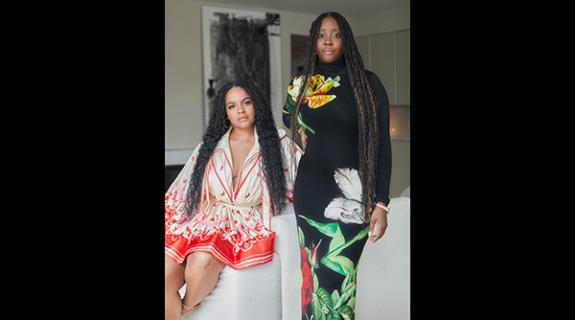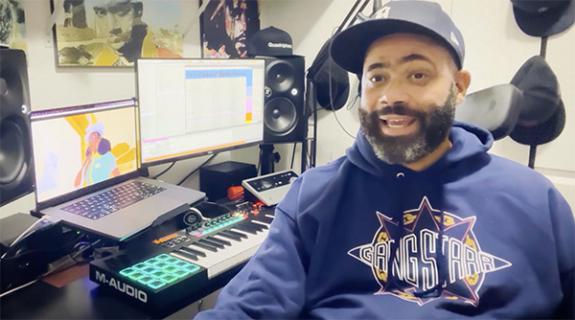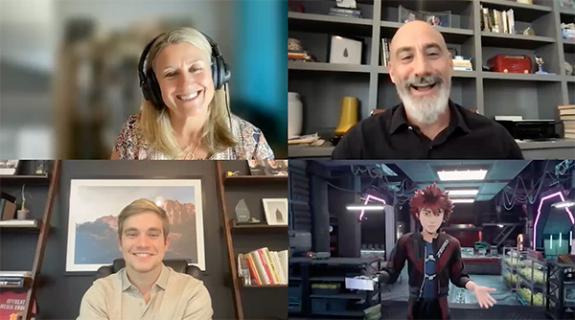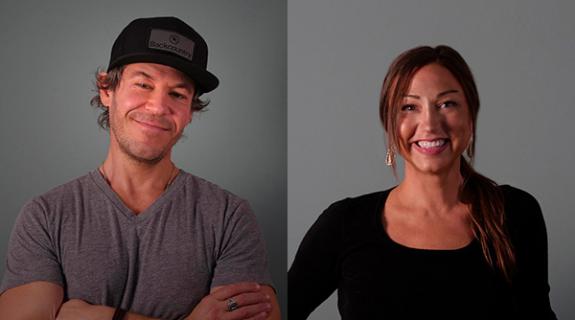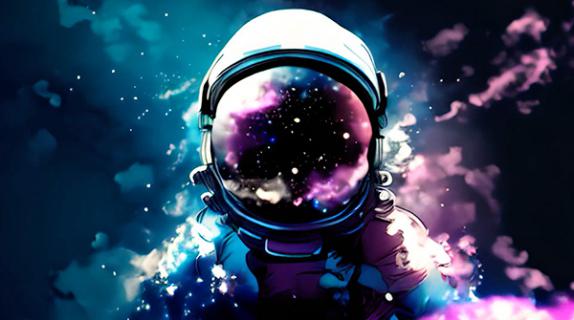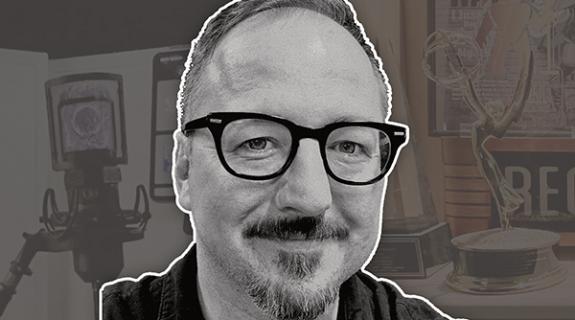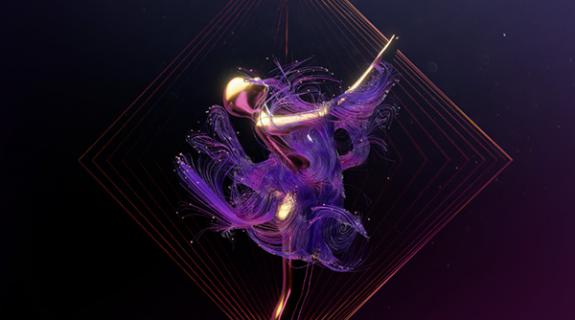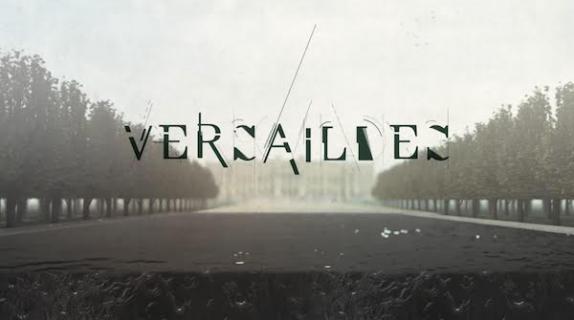A pair of antlers ushers us into the title sequence for Versailles, Canal Plus’ lush historical drama depicting French monarch Louis XIV’s Machiavellian political machinations in the 17th century. It’s a fitting opening image for a series that follows a bold, daring king’s repositioning of his government from the hub of Paris to a decentralized location outside the city. There, on the rural land where he hunted with his father as a child, the “Sun King” built a palatial estate that worked to consolidate his power and change the course of history.

A crown of sorts in themselves, the antlers once lay atop one of nature’s most majestic creatures, and serve as “an homage to the domestication of nature,” said Christian Langlois, creative director on the open and founder of Mémoire Liquide, a creative hub specializing in television and entertainment branding and design services.
It’s the start of a thread of tightening control that haunts the rest of the sequence, depicting Louis XIV’s “dream to rebuild a castle there and bring all the political people from Paris there to have better control on this aristocracy,” he continued. Puffs of black smoke allude to the throes of battle, the civil unrest that sparked Louis XIV, at the age of 28, to uproot the French government. We see swamp water and the felling of the trees that grow in it, then the conversion of those trees into wood for the estate. The wild woodlands are replaced by carefully manicured shrubbery, trimmed into elegant cones. The presence of water returns, now manipulated by humans, spouting forth from the famous Apollo fountain on the palace grounds. Finally, a wide shot of Versailles’ Grand Canal fills the screen, a mile-long body of water chiseled and honed into perfect, unnatural symmetry.
“One of the important things was to show your richness and power with the control you have on nature,” said Langlois. “The first season [of Versailles] is about these things, when [Louis XIV] brings his family, his brother [to Versailles], and goes into the woods with his aristocracy… In the beginning, they don’t want to go there, but they create a place with fireworks, bring actors, bring a gondola from Venice, and put it on the canal… They create a magnificent place where all the eyes of Europe are looking and saying, ‘What is this king? What is this power?’”

“It was important for the [open’s] graphics to convey the idea of the show,” said Claude Chelli, executive producer for Versailles: “The birth of a king through the construction of his palace.”
In doing the research to create those graphics, Langlois’ team studied the architectural plans for Louis XIV’s epic creation, which were shaped largely by André Le Nôtre, the visionary landscape architect who designed the grounds for the Palace of Versailles. In so doing, he “created a French aesthetic,” said Langlois. “If you compare it with the English gardens [of the time] – more lush and natural – the French garden is very organized, very symmetric, with lines and conic aspects.”
The French design schematics of this period are referenced in the titles by a layer of lines, circles and other shapes that recurs throughout. The 2D animation of these forms is rigid and technical, but there is yet another layer of decay lurking just beneath it.
“We break the type, we break the font,” said Langlois. “We want to show that the contribution of Louis XIV with Versailles is a break in the history of France and the history of Europe at this moment. After that you’re going to have the French Revolution, and after that you’re going to have the American Revolution, where we put citizens at the middle of society. Before that, it’s just the king, power, religion, and that’s all.”

Many of the elements that appear in the Versailles title sequence were culled from real-world objects and shot in a studio. The prop list included items such as ash that drifts past at key moments, the antlers, and the trees, which were literally dug out of the Earth.
“You can imagine what it is to bring a root from trees in the middle of the winter in Canada,” said Langlois. “We needed to go into the woods with a bulldozer and remove roots from the ground, remove the snow, bring it into the city, put it in the studio; it’s a big piece of work.”
Shot using super-sharp 5K Red and 4K Phantom cameras, Langlois’ team eventually realized that the images they had captured were “too close to the imagery of the show,” he said. “We wanted to create a dream with the opening, like an invocation of something… We want to suggest the war, the love, the lust and the power. Canal Plus is very clear with that—they don’t want to be too on the nose.”
The sequence’s dreaminess was enhanced by color grading from Montreal-based post-experts Fly Studio, whose clients outside of the broadcast space include many companies in the arts world, including Cirque du Soleil.
“They have a great knowledge about the artistic trends from now and from all history,” said Langlois. “At the same time the opening is a little bit Eastern European in style… We don’t use flashy colors—a little green, a little pink, a little purple, a little blue here and there.”
Contrasting with this muted, timeless color palette, M83’s swooning song “Outro” supplies an epic and oddly contemporary kick to the proceedings, which actually “connected with the content of the series,” Langlois said.
The show itself has a modern flair, thanks to elements such as British actors playing French roles in English, and this juxtaposition, he continued is important.
“You need to create difference. When you create difference between two elements, you communicate something. That’s our job, to create some difference, and we don’t want to spoil the aesthetic of the series [with the titles]. We want to have our own identity but at the same time this identity needs to participate as part of a global philosophy.”
Words such as “fluidity,” “harmony,” “beauty” and “dream-like” were key in “conducting our research for the music,” added Chellis. “We knew that we had to find something very slow, mellow, which would transport us to another world… When we heard ‘Outro,’ we knew immediately that we had found it.”
Clients: Canal Plus - Paris, BBC2-UK, Super Channel-CA, Cmore-SE
Co-Production Companies: Capa Drama, Zodiak Fiction and Incendo
Executive Producers: Simon Mirren, David Wolstencroft, Claude Chelli, Anne Thomopoulos, Jean Bureau and Ian Whitehead
Opening Credits Executive Producer: Ian Whitehead, Incendo
Post Production Producer: Gary Evans, Incendo
Post Production Assistant: Josianne Bottari, Incendo
Creative Director: Mémoire liquide
Film Director: Christian Langlois, Mémoire liquide
Production: Mémoire liquide
Line Producer: Marie Josée Bourassa
Director of Photography: Étienne Proulx
VFX and Liquid Specialist: Étienne Proulx
Production Designer: Jean Bécotte
Editor: Christian Langlois, Mémoire liquide
Art Director and Lead Designer: Charles Bertrand, Fly Studio
Post-Production Producer: Chantal Caron, Fly Studio
Post, Color Grading, Motion Design: Fly Studio
Music: M83
Tags:



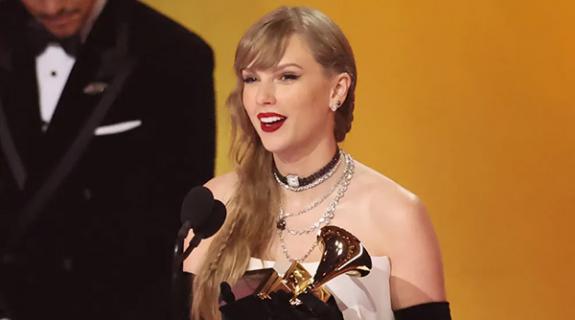

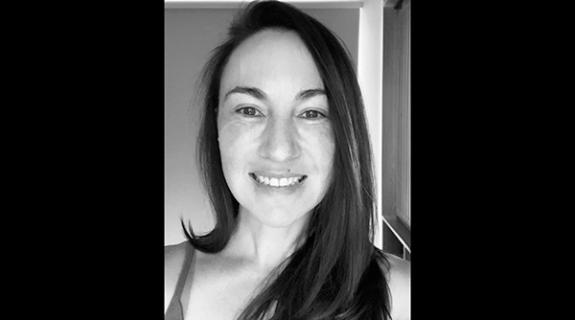
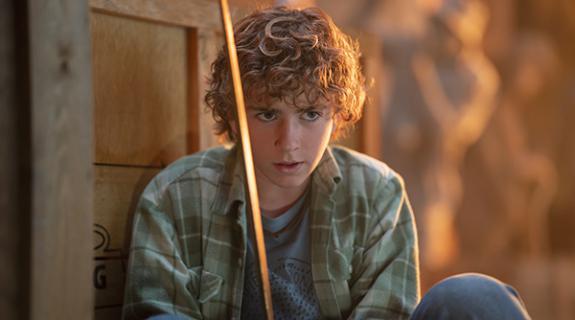
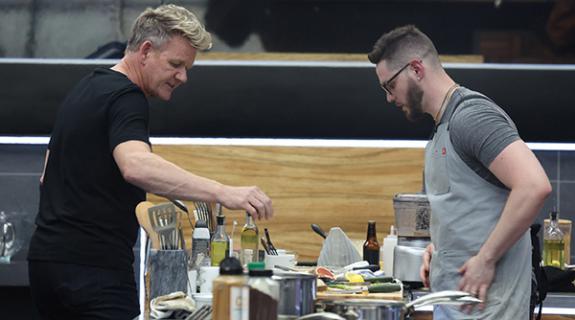


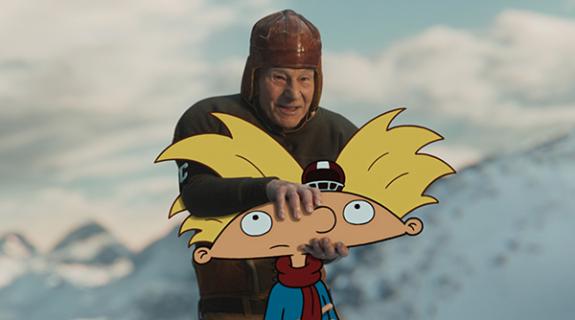
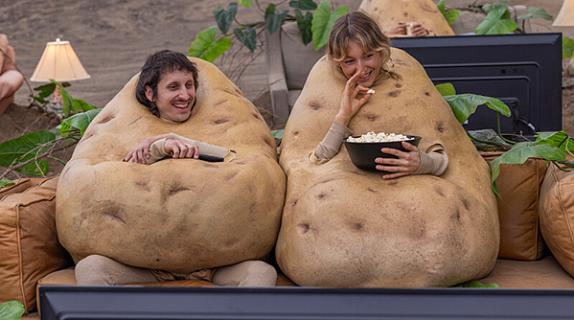
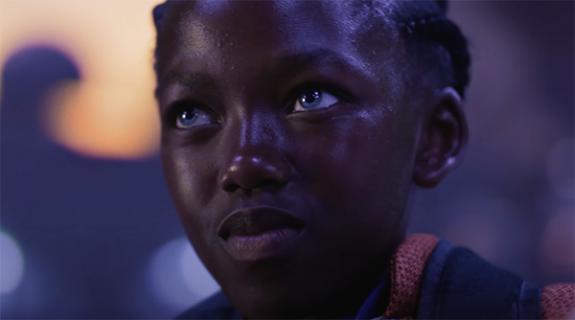
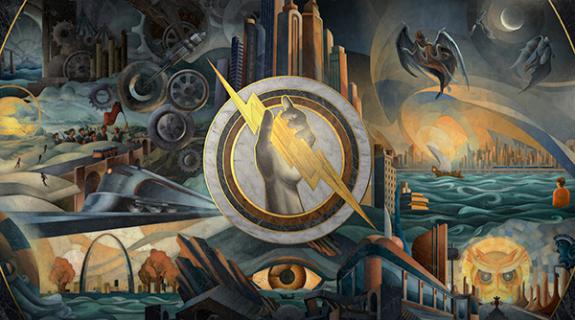


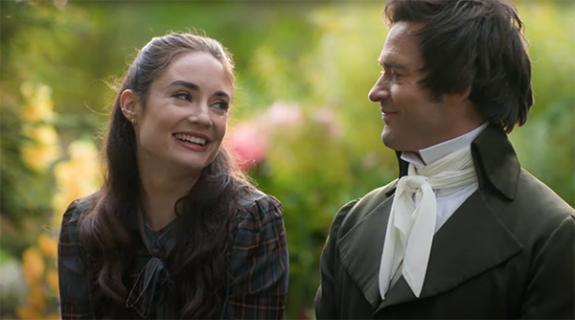


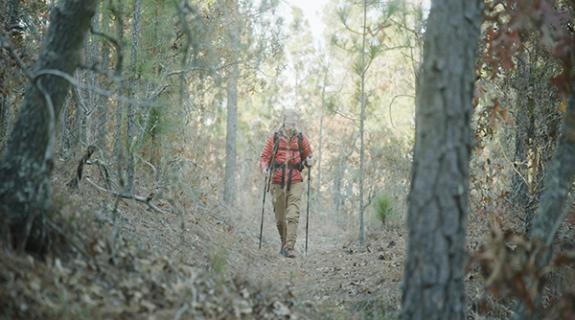
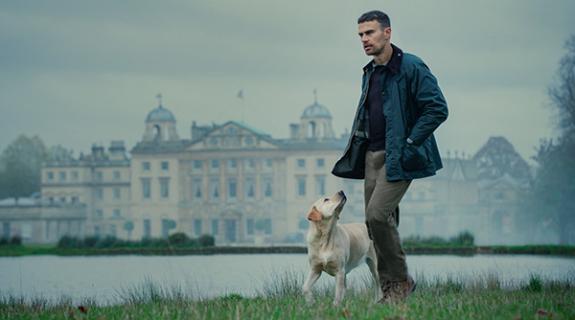



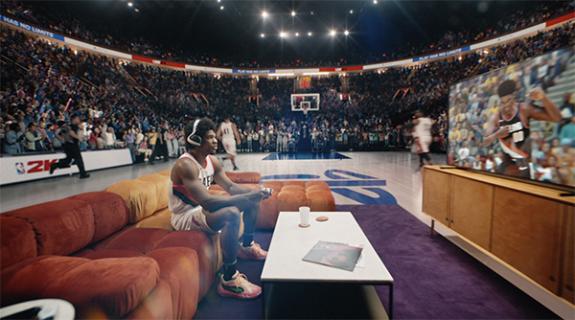


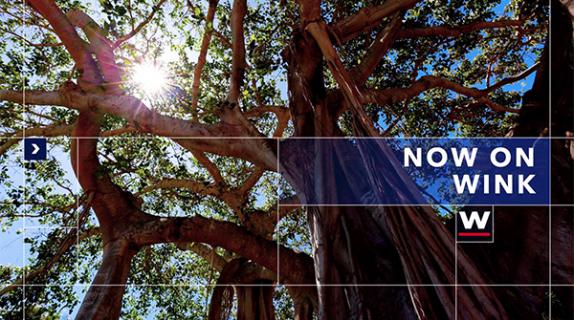
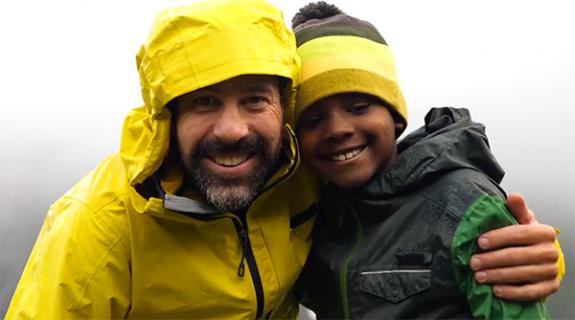
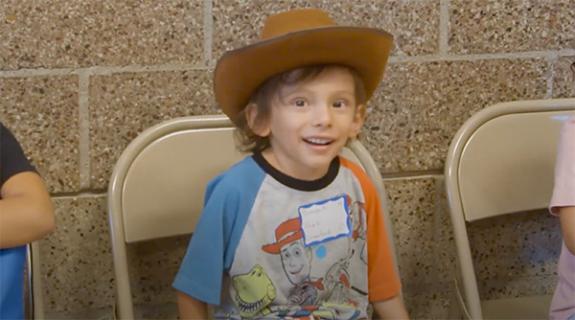

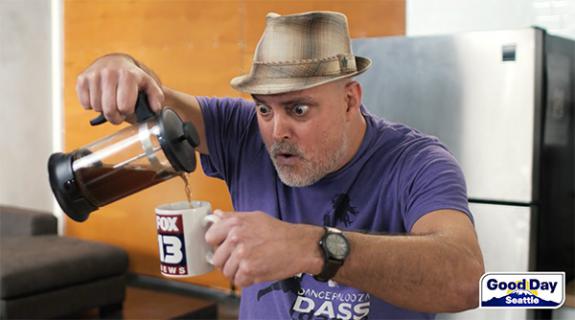


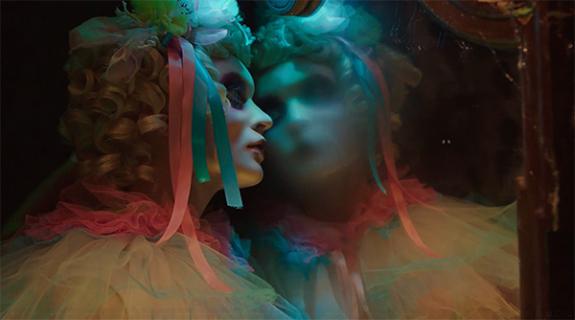

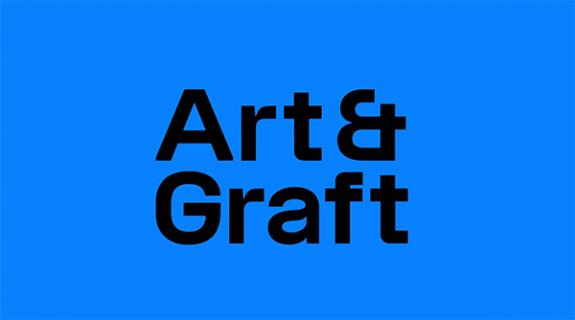
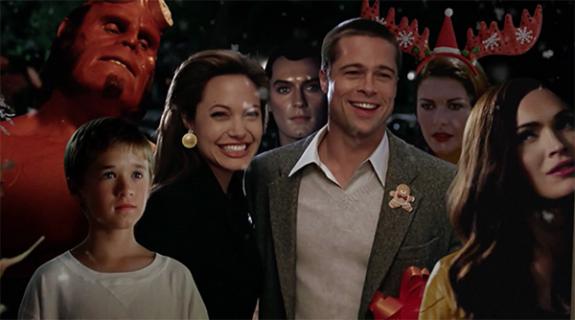
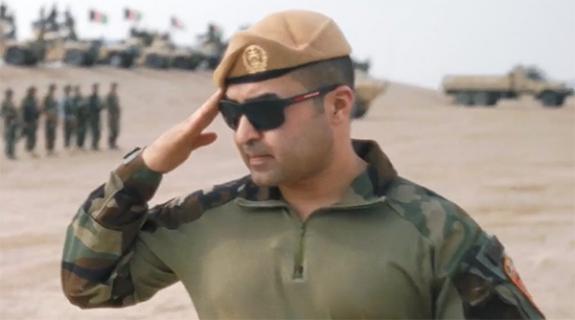



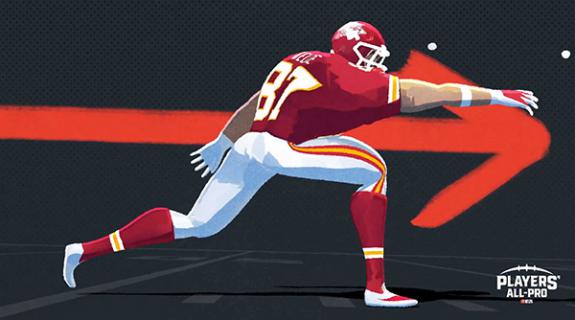
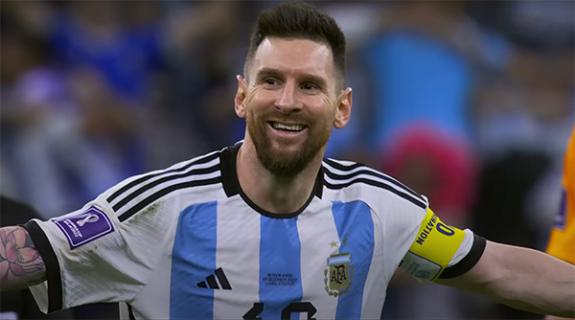

__twocolumncontent.jpg)
